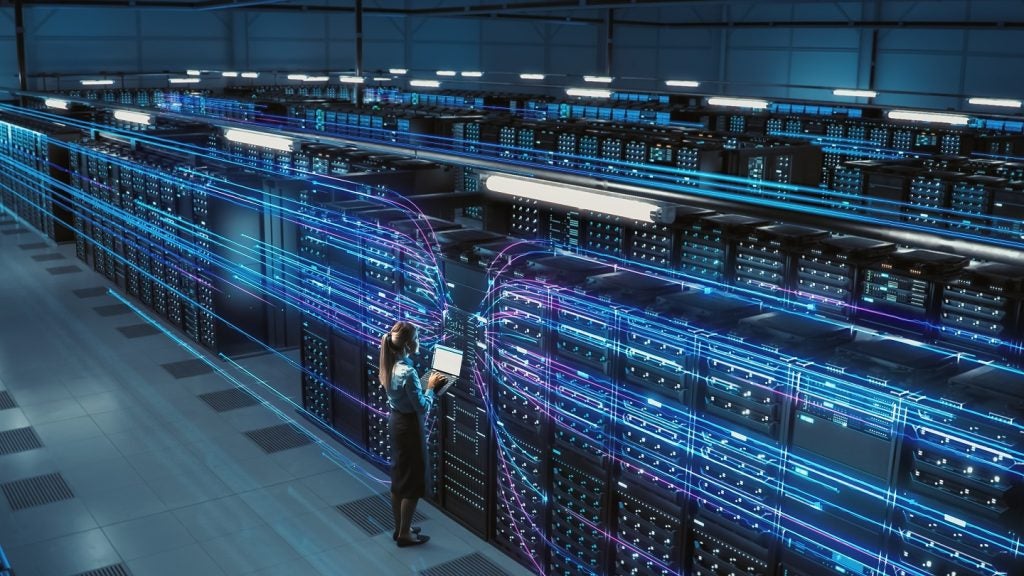Few industries have had their reputations enhanced by the Covid-19 pandemic, but the data centers sector has thrived as lockdowns have disrupted the rhythms of normal life.
The Covid-19 pandemic has highlighted the vital importance of data centers. Data center-provided cloud services have allowed remote workers to collaborate with colleagues, provided entertainment for locked down citizens, delivered online learning, and enabled everyone to shop online.
It is hyperscale data centers from companies like Amazon, Microsoft, and Google that are the current drivers of the growing data center sector. In the future, however, it may be another type of data center: edge data centers.
Managing the data explosion
The data center sector faces an explosion in the amount of data generated by people and organizations. According to the World Economic Forum, 463 exabytes of data will be created every day by 2025. It is estimated that 90% of the world’s data has been generated in the last two years alone.
Companies are collecting ever more data as they hurry to digitally transform their businesses. As the volume of data produced increases, so does the amount of data that needs to be processed and stored. The need for more data analysis and action, with new insights emerging, drives more data creation and, consequently, more data analysis.
Organizations are rethinking their data processing strategies and considering whether they can run applications and processing tasks closer to customers or data collection points.
How well do you really know your competitors?
Access the most comprehensive Company Profiles on the market, powered by GlobalData. Save hours of research. Gain competitive edge.

Thank you!
Your download email will arrive shortly
Not ready to buy yet? Download a free sample
We are confident about the unique quality of our Company Profiles. However, we want you to make the most beneficial decision for your business, so we offer a free sample that you can download by submitting the below form
By GlobalDataThe rise of edge data centers
Edge data centers, a new type of data center still in its infancy, are smaller facilities located close to the edge of the network and to the devices that generate data. The constant challenge of meeting the growing demand for speed or bandwidth and lowering or eliminating processing latency has driven the evolution of edge computing to address the needs of always-connected customers.
An edge data center is a self-functioning data center that holds localized IT deployments for cloud services, with compute, storage, and analytics resources for application processing and data caching.
By filtering and processing data close to the source, low-cost edge centers can help close the potential 64 zettabyte gap between global data center traffic and the amount of useable data created.
FedEx and Walmart walk close to the edge
It is very early days to predict who will be leaders in edge data centers. The market is likely to split into edge data infrastructure and edge data center service providers.
Two companies taking tentative steps into the edge data center arena are logistics specialist FedEx and retail giant Walmart. FedEx is working with Dell Technologies and data center provider Switch to set up edge computing facilities and charge other companies for using that infrastructure to run their applications closer to their end-users to reduce network latency.
Another pioneer is Walmart, which plans to transform some of its stores into edge computing centers, allowing retailers to rent out data center processing power to local customers, including the autonomous vehicles and drones industries.
If FedEx and Walmart can spot early opportunities around edge computing and edge data centers, other similar large-scale users will likely follow their lead and move to the edge.
Ultimately, what edge data centers offer is the ability to process data and services as close to the end-user as possible, allowing organizations to reduce latency, deliver improved performance, and reduce data transport costs.









Related Company Profiles
FedEx Corp
Amazon.com Inc
Microsoft Corp
Google LLC
Dell Technologies Inc